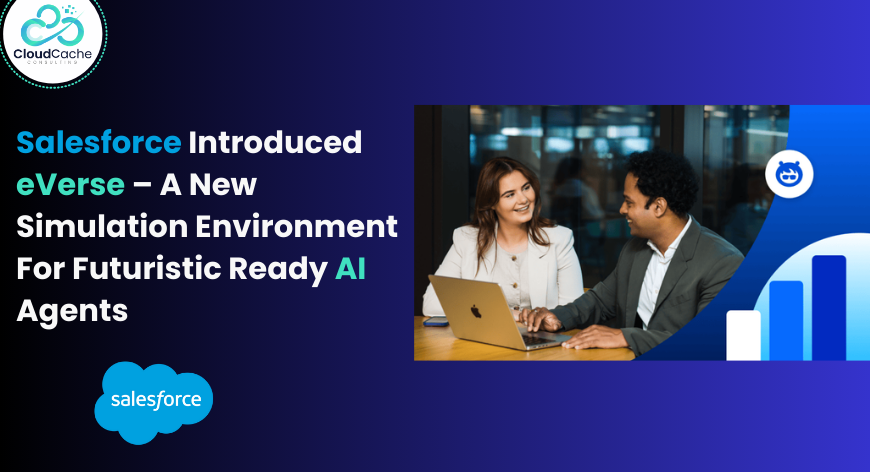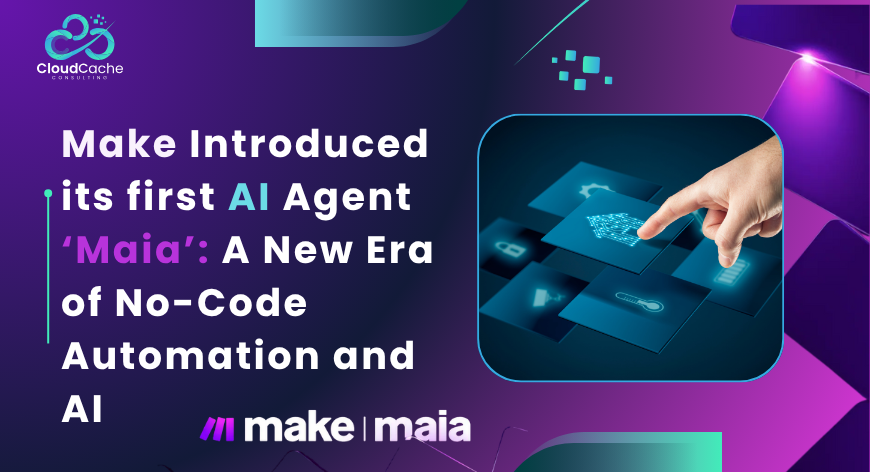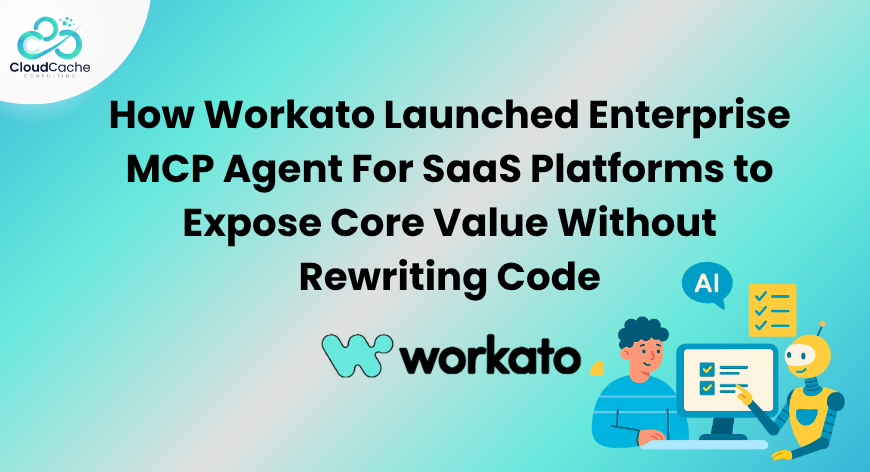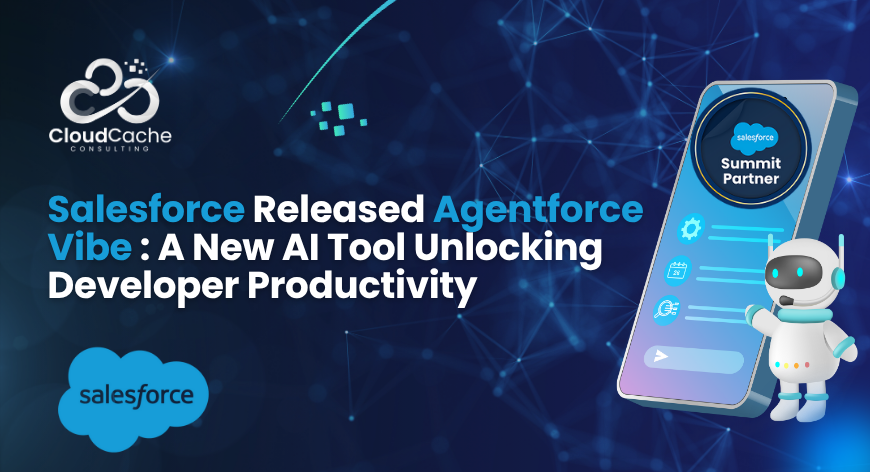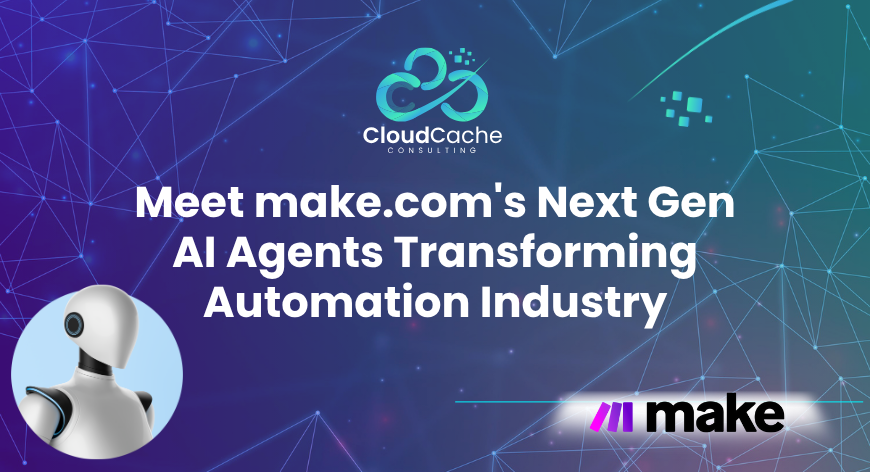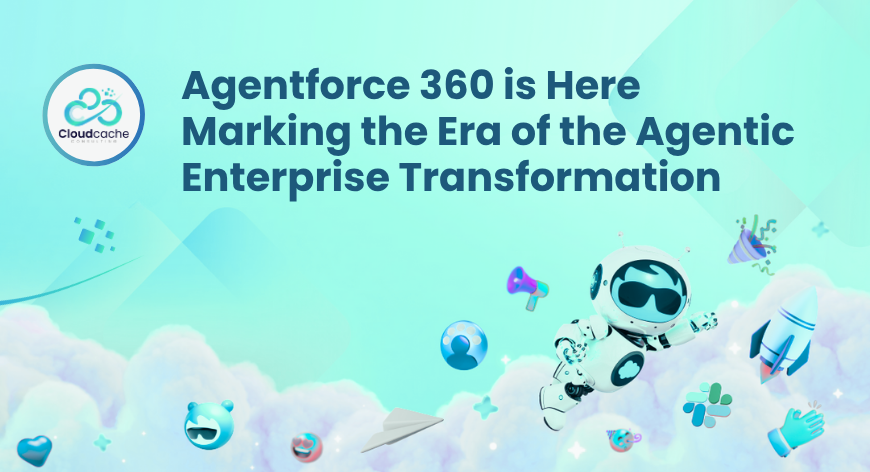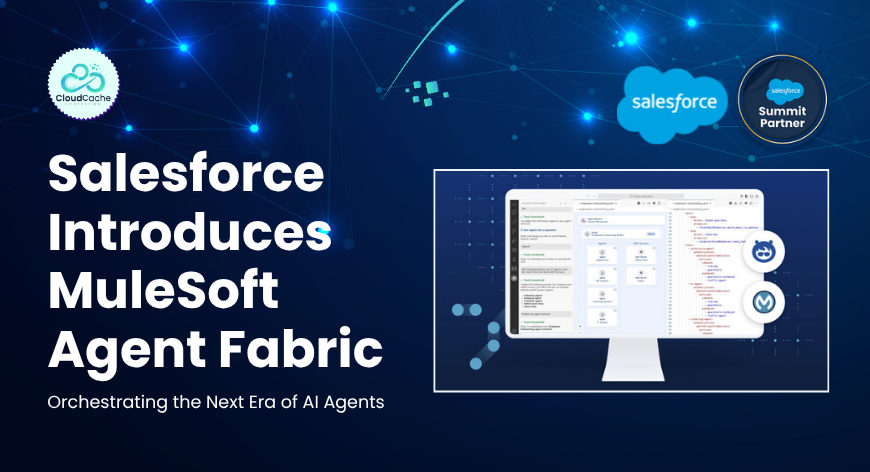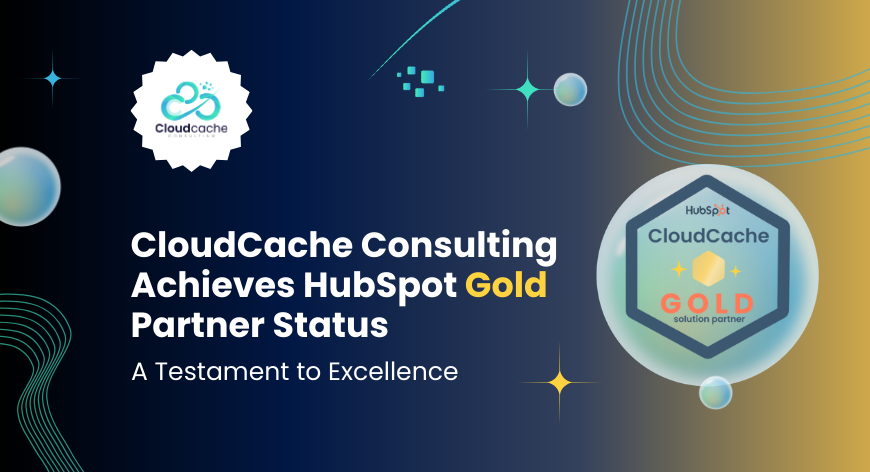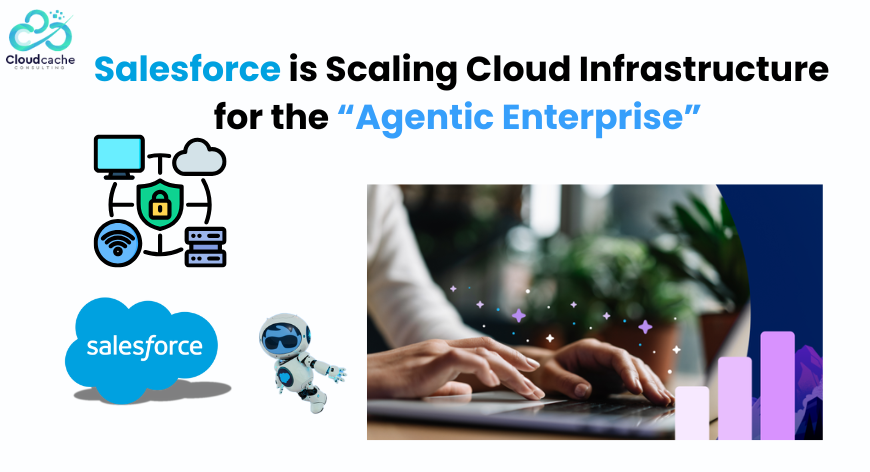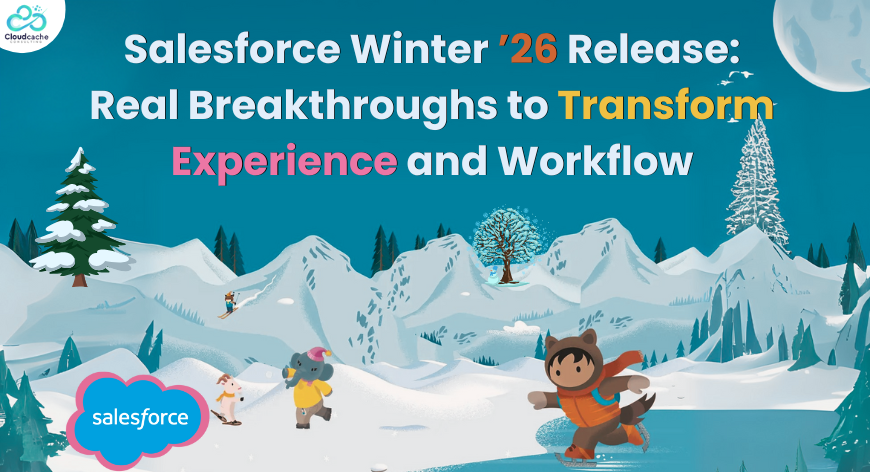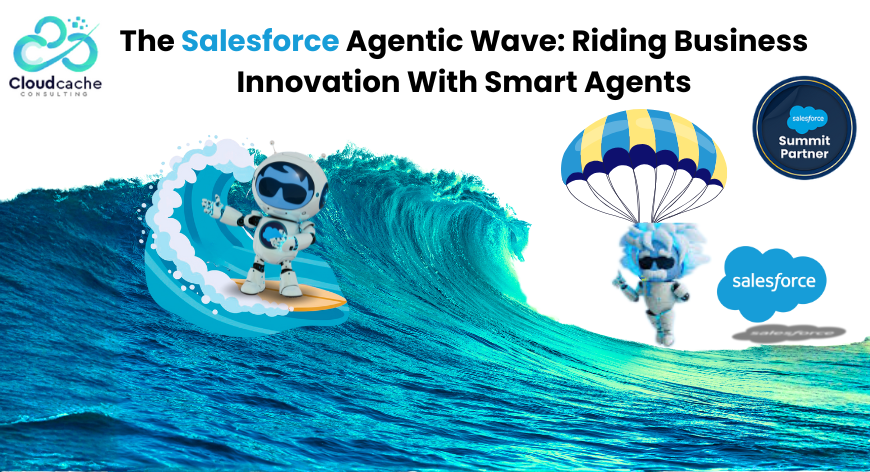
The Salesforce Agentic Wave: Riding Business Innovation with Smart Agents
Over the past eighteen months, the landscape of enterprise technology has shifted from cautious exploration to full-throttle adoption of intelligent agents. What began as nascent experiments—such as personal AI assistants and conversational bots—has matured into a sweeping transformation that business leaders now recognize as the Agentforce-enabled “agentic wave”: a surge of systems that act autonomously to pursue goals, collaborate with humans, and reshape workflows end to end.
In this article, we’ll examine how this wave is building, what it means for organizations, and how leaders can position themselves not just to survive the tide—but to surf it with purpose and discipline.
The Agentic Era
At its core, the concept of “agentic” is “a system that uses tools in a loop to pursue a goal.” What distinguishes agentic systems from traditional automation is their capacity to act, adapt, learn, and initiate, rather than simply respond to a predefined script.
Key signals that this era has arrived:
- The number of deployed agents in leading organizations grew 119 % in the first half of 2025.
- The average number of customers‐service conversations handled by agents surged 22 times in that period.
- Enterprise research teams have developed simulated environments to stress-test and benchmark agents in complex scenarios.
From this data it’s clear: the agentic wave isn’t a niche fad—it’s an inflection in how work gets done, how value is delivered, and how competitive advantage is defined.
Competitive Advantage in the Agentic Enterprise
When every organization has access to powerful agents, the question shifts from “How many tasks can we automate?” to “How effectively can we integrate agents into our human-machine fabric?” The winners will be those who master three domains:
- Learning Loops: The most forward-thinking enterprises are building learning loops where humans teach agents through real-world context, and agents, in turn, uncover insights that make human decisions smarter. This mutual learning becomes a cycle of improvement, not replacement.
- An Adaptable Autonomic Core: Just like the human body, a business must find balance between what can be automated instinctively and what must remain intentional. Routine processes will become the “heartbeat” of the autonomic core—steady, reliable, self-managing. But strategy, empathy, and creativity will always require the human mind. The challenge lies in designing that balance—where automation handles repetition, and humans steer direction.
- Deep Customer-Centricity: Agents amplify capabilities—but only when aligned with human insight, empathy, and relationship-building. Competitive edge will accrue to enterprises that embed agents into value-chains that revolve around customer outcomes and human trust.
In short: automation alone won’t suffice. It’s the design of the human-agent interface, the feedback mechanisms, and the business architecture that will define the agentic era’s leaders.
Frameworks and Mental Models for the Agentic Shift
As the futurist Peter Schwartz reminds us: “If you get your map wrong, you do the wrong thing.” The agentic transformation demands new mental models, fresh frameworks, and adaptive leadership. Some of the emerging models include:
- The Autonomic Core Model: Borrowing from biology, this model helps view the enterprise as a system where automated agents handle ‘autonomic’ tasks (routine, high-volume, repeatable) while humans focus on higher-order functions (judgment, creativity, context).
- Capability–Consistency Matrix: From researchers such as Silvio Savarese, this framework helps assess how capable an AI agent is at a task and how consistently it performs. High-capability but low-consistency agents may be unreliable; the goal is to elevate both axes simultaneously.
Practical Imperatives: Where to Begin
With the agentic wave building, what should business and technology leaders prioritize? Based on synthesized research and practical playbooks, three imperatives stand out:
Start with the right use case.
Not every process needs an agent. The guide from Salesforce AI Research lays out a structured approach: define your business goal, assess data readiness, select scalable infrastructure, and ensure governance and measurement mechanisms are in place.
Ground agents in trusted data and governance.
An agent is only as good as the data it acts on, and the trust framework around its operation. Enterprise leaders must invest in unified data platforms, metadata layers, governance protocols, and observability of agent actions.
Looking Ahead:
The agentic wave doesn’t stop at digital tasks. We are already seeing agentic systems migrate into the physical world—via robotics, autonomous systems, and hybrid human-robot workflows.
For business leaders, this means two things:
Prepare for a trajectory that goes beyond incremental automation. Think about agent ecosystems and robotic extensions.
Recognize that strategy and readiness matter more than reach. A well-governed, human-centered agentic enterprise will outperform a head-count-heavy automation sprint that lacks foundation or discipline.
Final Words:
The agentic wave won’t wait for perfect strategies. As noted in recent research, organizations must “experiment, learn, adapt” before they can truly ride the wave. Dive in. The wave is here, and the moment to begin is now.
For more stay updated with CloudCache Consulting.
